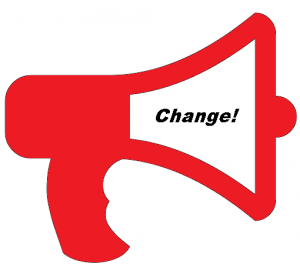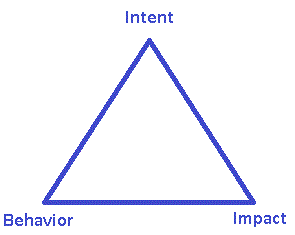What brings production to a halt in your office? Is it gossip? Facebook? Uncertainty? One of our Learning Dynamics Senior Consultants shared her viewpoint and experience this way: “When I worked with one organization, I remember how much productivity was lost. It seemed that the top three reasons for most of it were lack of employee engagement, gossip and politicking.”
There have been books written about employee engagement and our Learning Dynamics blog has several articles on the topic, so we are not going to tackle that here. But what about gossip and politicking? As you survey your work environment, are you detecting any of this? If so, here are some ideas on how to break it up. If you are not detecting it, could you look and listen a little more closely?
Listen to the Grapevine. Some managers state, “I never get involved in the grapevine. It’s a waste of time.” If this is you, reconsider. The grapevine, the rumor mill, and the quiet conversations in the lunch room can be valuable sources of information. Managers who listen to the office rumblings can do something about it. Those who are oblivious, obviously, cannot.
Sunshine. Shed some light on the subject. Lots of it! There is nothing like truth directly from the boss to dispel rumors and get everyone back to work. Use every channel at your disposal to spread the word. This includes email, newsletters, bulletin boards, internal web sites and group huddles. A simple message that starts with “You might have heard…now here’s the truth…” can work wonders.
Recognize Performers. Politics surge when people are uncertain and when they perceive that there is something to be gained. Effective leaders can quell this activity by recognizing top performers consistently and publicly. This includes small actions and big ones, including promotions and greater job responsibilities. If the low-performing politicians see that it isn’t working, and that hard work and results define success, they just might get back to work.
Accessible Leaders. An open door can encourage employees to face issues head-on. If they know that they can get straight answers from the boss, that the door is open, then why will they want to gossip and speculate?
No work place is perfect, and people are going to talk, but it can get better. As our Senior Consultant noted, these unproductive activities cost time and money. Recognize the reality and face it with real action.
===
Learning Dynamics can bring customized leadership training to your team. Give you managers the tools they need to maximize results with Learning Dynamics.



